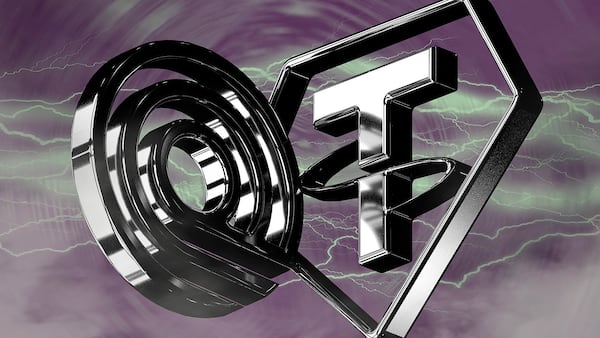- Re.al blockchain halted abruptly last week.
- Funds might be stuck due to poor design.
- It’s the team’s second project to run into huge problems.
About $500,000 in investor funds are at risk after Re.al abruptly stopped working on Friday.
That’s according to Luca Donno, a researcher at L2Beat, a research platform, who flagged the halt on X and noted that the layer 2 network’s blockchain production halted due to inactivity from its data availability committee, or DAC.
“It is trivial to propose a state root to steal everything with no way to challenge,” he warned, referring to a malicious upgrade a criminal could install to syphon funds from a project.
A network’s DAC is a group of whitelisted addresses, and in Re.al’s case, is responsible for posting data offchain. Without data availability, the liveness of the chain, its ability to function, no longer exists.
Donno’s warning highlights a bigger problem for DeFi than the $500,000 at jeopardy.
It comes as cybercriminals have upped the ante in 2025 alongside crypto markets’ rallying this year.
Criminals have stolen over $2 billion in attacks against crypto projects this year, an almost 50% increase from the entirety of 2024, according to DefiLlama.
What is Re.al?
Re.al is the latest project from Tangible, the team behind the USDR stablecoin project that collapsed in 2023 after failing to manage its treasury exposure.
The stablecoin lost its dollar peg by almost 50% and wiped out token holders.
While still struggling to compensate users affected by the blowup and addressing the structural flaws in their design of DeFi protocols, they pivoted to Re.al, a real world asset project.
Launched in 2024, Re.al was set up to tokenise real estate. At its peak, it had attracted $18 million in investor funds, but the project’s asset base now languishes below $500,000, the amount that Donno warned could be in danger.
Donno said users can attempt to withdraw funds from the Ethereum network, but face a 12-day delay to receive their funds.
During this period, a bad actor can deploy a malicious upgrade to the system to steal the funds since the DAC isn’t serving the necessary offchain data required to process withdrawals from the network.
Tangible’s team didn’t respond to a request for comment.
Osato Avan-Nomayo is our Nigeria-based DeFi correspondent. He covers DeFi and tech. Got a tip? Please contact him at osato@dlnews.com.









